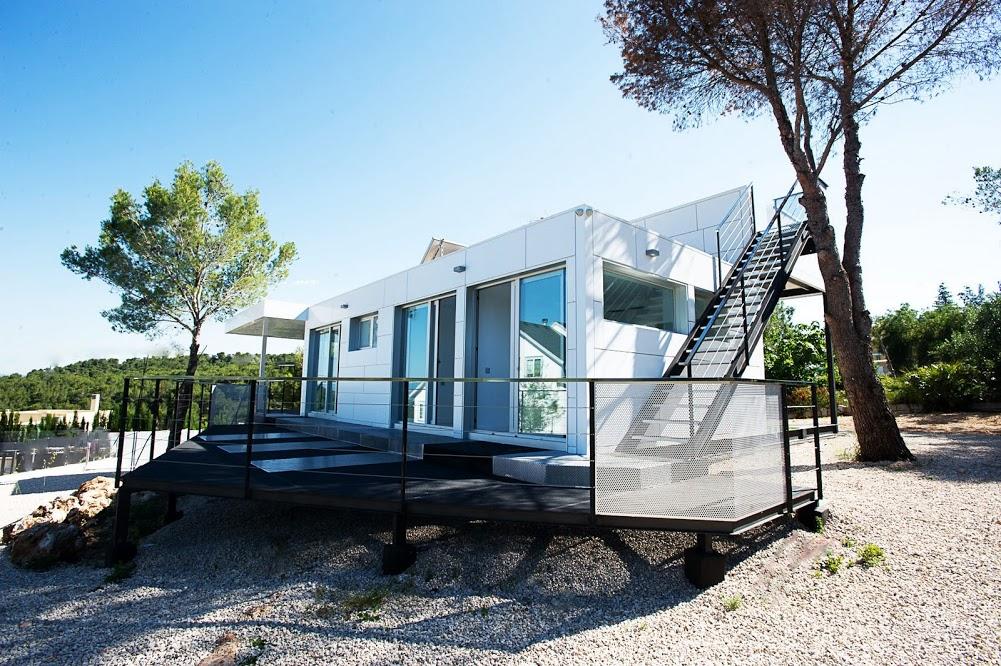Designing and building an eco-friendly home is becoming a more popular option for many homebuyers, for several reasons. Some families are simply looking for a healthier living space, while others see an opportunity to help combat climate change. While you and your family may not be ready to “go green” in a big way yet, it may make sense to add in some energy-efficient features that you’ll either use later or will increase your resale value.
Zillow researchers interviewed executives at Seattle-based Dwell Development and got some helpful tips on how the average home hunter can build an eco-friendly house from the ground up:
Plan Ahead
Even if you’re not ready to switch to solar yet, that doesn’t mean you shouldn’t consider including solar system components in your home build. That would include a solar conduit and meter, and then when you’re ready to switch, just add the panels. Also, a nice feature to include in a resale. Another feature you might not use yet but is worth exploring: an electric car charger for the garage.
Upgrade the Seals
One feature that may not add to the superficial beauty of the home, but makes a huge difference in terms of energy efficiency is the quality and condition of the seals in the home. Developers suggest using a spray-on membrane that resembles black rubber paint instead of traditional seal materials. Making the home nearly airtight (and moisture-resistant) will drive down heating and A/C costs dramatically.
Locally-Sourced Materials
Another way to reduce your home’s carbon footprint is by using materials from your community and state.
Pro Tip: asking around about old trees that need to be removed can not only save money but can be a nice feature to include when considering resale.
Check the Paint
Make sure the interior and exterior paint have low or zero levels of volatile organic compounds, or VOCs, which when drying can put off harmful pollution that can be a health hazard.
Add Some Tech
Can you say “smart home”? Home automation and giving homeowners more control (in the palm of their hand) over the functions of their home is not the wave of the future – it is here now. Everything from temperature control to lighting to security and more is now easier to automate and control.





